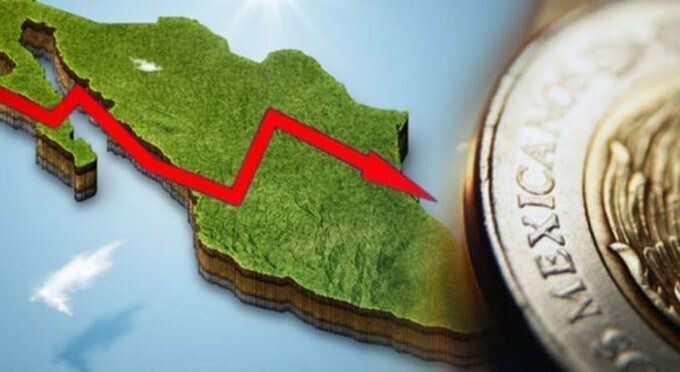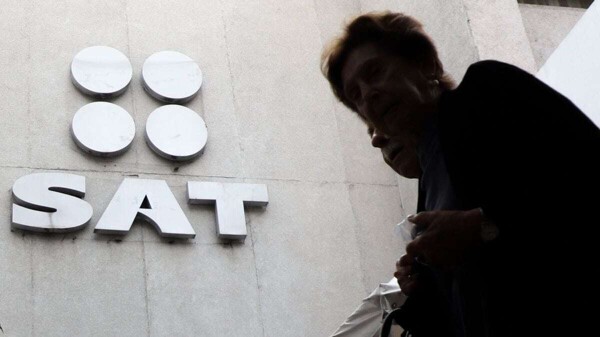
According to data from INEGI, an improvement in consumption was observed in November, although not as significant as expected due to the timely indicator. Whenever employment grows less than 1% in this century, it tends to be an indication of an impending economic recession.
Yesterday, data on consumption, investment, and employment were published. Despite the fact that imported and domestic machinery does not show an annual growth greater than 1%, the last quarter of the previous year has been classified as a slowdown.
In original figures, the annual growth up to November was just 0.3%. The annual increase in employment reported by IMSS in January was only 0.8%, remaining below September levels in seasonally adjusted data.
Although the accumulated annual growth remains positive, it has fallen below 3% per year and hasn't even reached 1% in the last quarter of the year. There are indications that the recession may have begun in October, according to analyses by various experts.
The average salary increase, including a 12% rise in the minimum wage, did not reach the expected 8%. The construction industry has suffered a 15% decline in the last three months, negatively affecting the salary increase.
Despite the slowdown in certain sectors, the criteria of depth, dispersion, and duration of a recession have not yet been met, according to a member of the analysis committee. It is expected that over time and with more information, it can be confirmed whether the recession indeed started in October.
For his part, Gabriel Casillas indicated that he does not believe the recession has begun, but notes that factors such as increased economic uncertainty could affect recent growth.
Investment in machinery and equipment remains in negative territory, despite a slight uptick in spending on transportation equipment. National and international political uncertainty could continue to impact job creation and the overall economic dynamics, according to the trends observed so far.














